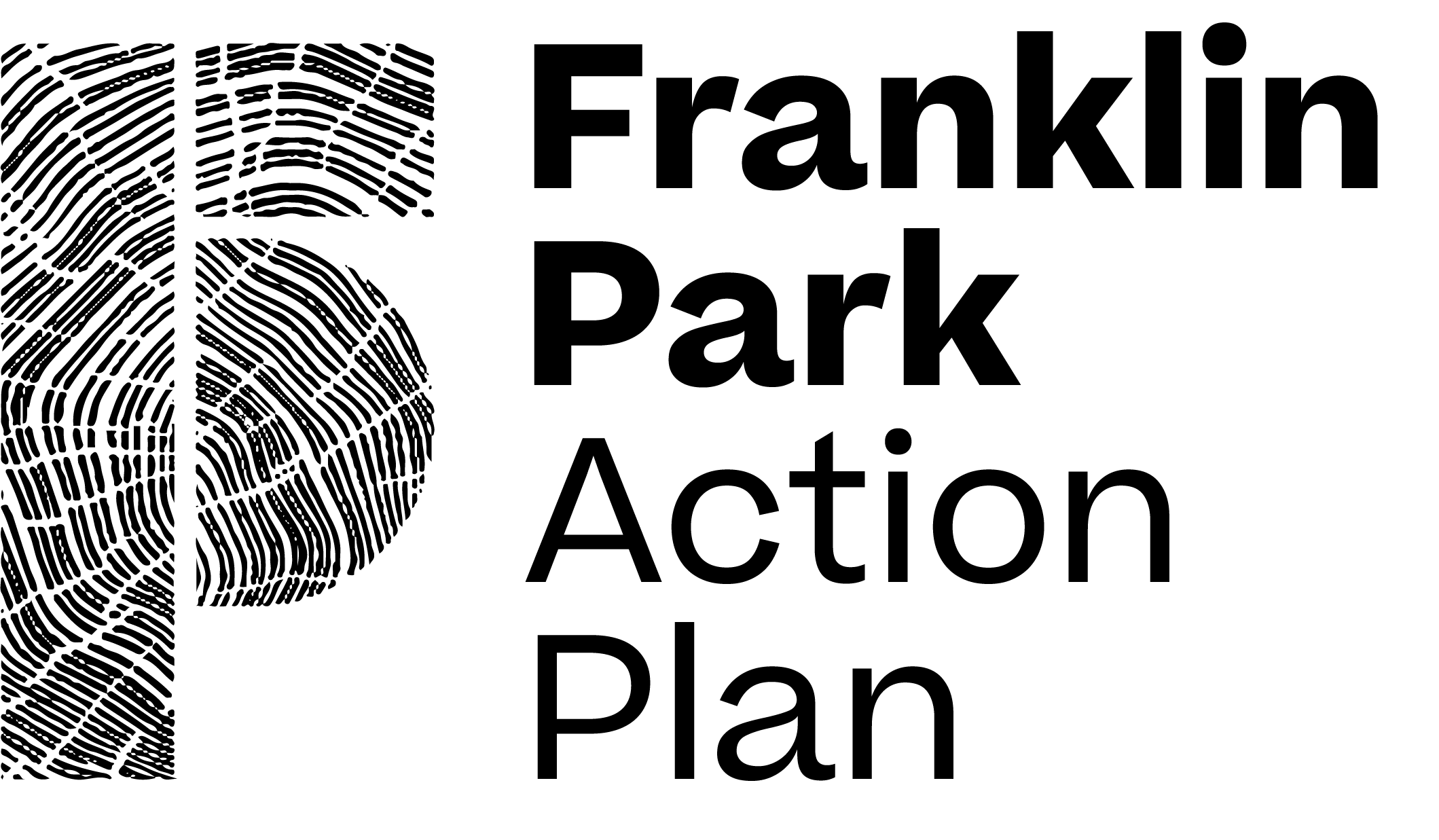Three local design practices are brought together in this planning process by a shared passion for making Boston’s urban open spaces more resilient, beautiful, and better able to serve today’s Bostonians.
Working with the Boston Parks and Recreation Department, and in close collaboration with the local community, the core design team of Reed Hilderbrand, Agency Landscape and Planning, and MASS Design Group, will produce a strategic vision to invest in Franklin Park. Together, we will generate comprehensive and actionable recommendations that will honor the park’s design heritage, expand and engage its users, and strengthen the connection of the park to the city and the community.
The collective experience of the core design team is supported by the expertise of a team of specialists, who will investigate and advise on a broad array of cultural, environmental, and economic topics to ensure that every voice in the community is heard and that every aspect of the park’s future is thoughtfully considered.
Throughout this process, we invite you to share your experiences and engage the team through a community survey, pop-up events, and community workshops.
We look forward to connecting with you!
Glossary
Accessibility – Providing products, services, and facilities that can be independently used by people with a variety of abilities. Accessible design is a design process in which the needs of people with disabilities are specifically considered.
Arboriculture - The care and management of trees, shrubs, and vines, including plant selection, planting, pruning and removal.
Community - The neighborhoods and organizations that contribute to and are impacted by this planning effort.
Engagement - A dialogue between community members and the action plan team to identify priorities in the park and discuss how to address issues affecting the well-being of the park users and neighbors.
Ecology - The study of the relationships and vital connections between living organisms - including humans, animals and plants – and the place they live.
Equity - In a planning process, equity means that all stakeholders have access to the resources of and opportunities to engage with a action plan or process. In this process, the team will use many different outreach approaches to connect with people who live or work close to Franklin Park and to understand both how the park is used today and to identify aspirations for its future.
Implementation Strategy - Recommendations for how priorities identified in the action plan can be put into action.
Inclusion - According to the Institute for Community Inclusion, inclusion means that all people, regardless of their abilities, disabilities or health care needs, have the right to (1) Be respected and appreciated as valuable members of their communities (2) Participate in recreational activities in neighborhood settings (3) Work at jobs in the community that pay a competitive wage and have careers that use their capacities to the fullest (4) Attend general education classes with peers from preschool through college and continuing education.
Landscape Architecture - Combining art and science, landscape architecture is the practice of designing outdoor spaces. Landscape architects work with engineers, scientists, communities, and other designers to create beautiful and sustainable places that support plant, animal and human life.
Maintenance and Operations - The methods used by a dedicated group of staff people to care for the park, keeping it in good condition for park users on a daily basis.
Action Plan Document - A comprehensive document, including analysis, recommendations, and design proposals, that provides guidance for future investment.
Public Health - The impact of the environment on a community’s well being, and the effort to protect and improve the relationship between the two.
Soil Science - The study of the mineral and biological properties of soil. Healthy soil is the foundation of thriving plant life.
Stormwater Management - Directing the movement of rain water, runoff, or snow melt to reduce flooding and pollution. Strategies often focus on opportunities to infiltrate water into the soil or ways to create spaces where water can be stored temporarily.
Urban Planning - The process of defining and regulating land use, development and growth of the built environment. Urban planners work with communities, the zoning department and city-wide networks, like transportation, to ensure smart and sustainable growth strategies.
Wayfinding - Visual cues, including signage, that help people know where they are in the park or city, where they want to go and how to get there.

